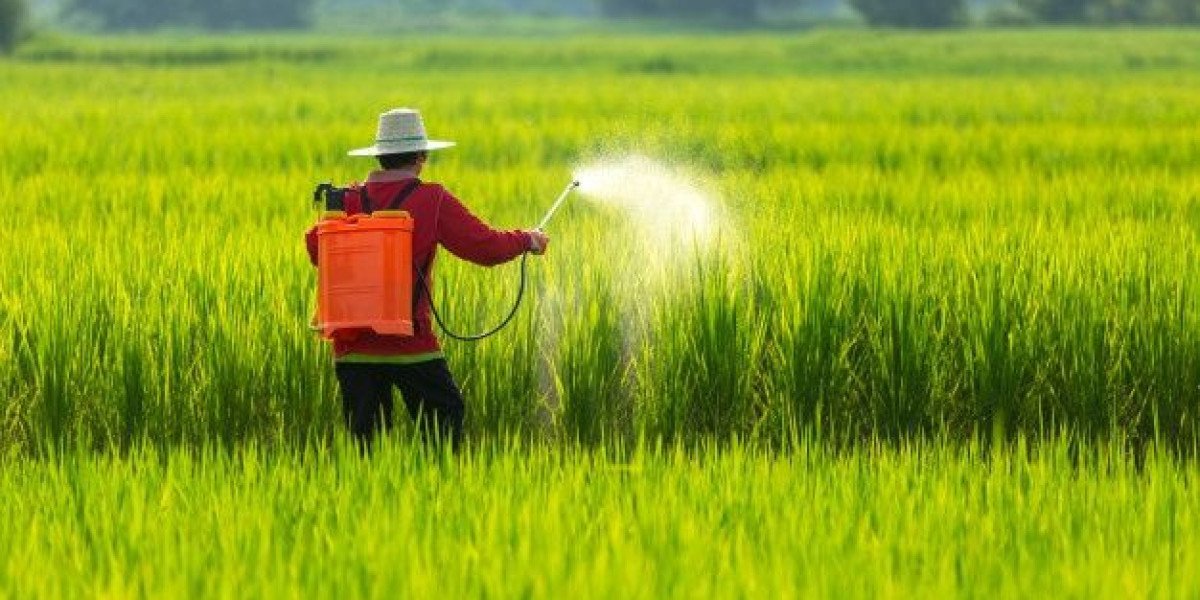In a world where agricultural landscapes are constantly reshaped by climate volatility, market demand, and technological evolution, achieving farm product excellence is not merely a pursuit—it's an imperative. At the core of this transformation lies the conscientious farmer, guided by the empirical insight of the agronomist, supported by resilient nursery practices, and empowered by data-driven tools. As agriculture shifts from being resource-intensive to knowledge-intensive, optimizing output is no longer just about yield—it's about cultivating sustainability, resilience, and profitability in unison.
To simplify and democratize access to advanced agricultural inputs and guidance, digital platforms like the Agribegri app have emerged as vital ecosystems. They bridge the rural-urban divide, offering seamless access to quality farm inputs, expert recommendations, and market intelligence—all from the convenience of a smartphone.
Redefining Agricultural Performance with Premium Inputs
The symbiotic relationship between input quality and agricultural output cannot be overstated. Each farm product plays a pivotal role in the cultivation continuum—beginning at the seed stage and extending through to harvest and post-harvest handling.
Precision-Engineered Seeds
Modern agriculture is witnessing a paradigm shift toward genetically stabilized hybrid seeds and biofortified cultivars. These seeds are not only bred for yield maximization but also for agronomic traits such as pest resistance, abiotic stress tolerance (e.g., salinity and drought), and nutrient-use efficiency.
Application: Tailored to specific agro-climatic zones to optimize germination and vegetative vigor.
Pros: Enhanced productivity, reduced pesticide dependency, and better uniformity.
Limitations: Often require sophisticated agronomic practices and may lack seed-saving viability for subsequent planting.
These seeds are the result of intensive research and often tested through multi-location field trials to validate performance consistency.
Bio-Enriched Organic Fertilizers
With increasing emphasis on regenerative agriculture, organic inputs are no longer viewed as optional but rather integral. Today’s organic fertilizers are infused with microbial consortia and bio-enzymes that catalyze nutrient release while rejuvenating soil biota.
Utilization: Can be applied as basal doses or through fertigation for better assimilation.
Ecological Benefits: Augments carbon sequestration, mitigates soil erosion, and fosters microbial diversity.
Challenges: Requires longer nutrient release timeframes and consistent moisture levels for optimal efficacy.
The use of such fertilizers is particularly crucial in nursery ecosystems where the rhizosphere environment must be delicately balanced.
Next-Gen Crop Protection Products
Crop protection chemistry has evolved significantly, with a growing shift toward integrated pest management (IPM) and low-residue agrochemical solutions. Products now include biopesticides, botanical extracts, and nano-formulated insecticides that offer targeted action without harming non-target species.
Strategic Deployment: Scheduled based on pest scouting and phenological crop stages.
Impact: Curtails economic losses, preserves beneficial insects, and ensures residue compliance for export markets.
Advanced formulations also allow for translaminar and systemic penetration, ensuring deep and lasting protection even under inclement weather conditions.
Precision Irrigation Systems
As freshwater resources become increasingly scarce, precision irrigation—particularly subsurface drip irrigation (SDI)—is revolutionizing how crops are watered. By delivering nutrients and water directly to the root zone, this system enhances water-use efficiency (WUE) dramatically.
Implementation Areas: Arid regions, greenhouses, and high-value crop zones.
Benefits: Up to 90% efficiency in water utilization, reduced disease incidence, and improved nutrient uptake.
Constraints: High initial capital expenditure and technical know-how for system maintenance.
These systems can also be paired with smart sensors and IoT devices for real-time monitoring and automation, transforming traditional farming into agri-intelligent ecosystems.
“Farming is a profession of hope—but with the right tools and knowledge, it becomes a profession of precision.”
The Agronomist’s Influence: Translating Science into Strategy
The agronomist functions as both a strategist and scientist. Through geo-referenced soil analysis, crop modeling, and phenotypic assessments, they tailor inputs to meet exact field requirements. This consultative role is essential in avoiding under- or over-application of resources, which directly influences both yield and sustainability.
Farmers engaging with agronomists often experience enhanced resource-use efficiency (RUE)—a key metric in sustainable farming—alongside reduced crop failure risk.
Their insights extend beyond just crop inputs. Agronomists are also instrumental in implementing post-harvest strategies, such as moisture control and biological storage treatments, which significantly reduce post-harvest losses that globally account for up to 30% of total food production.
Propagating Success: The Strategic Role of the Nursery
In professional horticulture and vegetable farming, nursery management is the crucible of success. Seedlings grown under optimized conditions (light, humidity, and nutrition) have higher transplant survival rates and reduced susceptibility to environmental shocks.
Nurseries now integrate:
Soilless media such as cocopeat and perlite for aeration and root development.
Bio-stimulants that accelerate root elongation and boost early-stage immunity.
Germination chambers with temperature and humidity control to ensure consistency.
By investing in nursery innovation, farmers ensure the uniformity of crop stands, ultimately facilitating mechanized harvesting and reducing labor dependency.
Industry Insights & Empirical Data
Studies from the International Crops Research Institute for the Semi-Arid Tropics (ICRISAT) reveal that hybrid pearl millet varieties deliver up to 38% higher grain yield under drought conditions compared to traditional varieties.
In Indian agriculture, adopting high-efficiency irrigation methods like drip and sprinkler can elevate water productivity from 1 kg/m³ to over 3.5 kg/m³, particularly in vegetable cultivation.
The term agronomic intensification is increasingly used to describe approaches where productivity is enhanced without expanding arable land, primarily through input optimization and precision farming.
Cultivating a Growth-Oriented Mindset
True agricultural excellence arises from a continuum of innovation, application, and adaptation. It requires shifting mindsets from short-term gains to long-term value. Training modules, participatory learning sessions, and peer-led knowledge sharing are revolutionizing how farmers perceive and use products.
Instead of relying on traditional heuristics alone, farmers now utilize decision-support tools to evaluate crop nutrition, pest threats, and even microclimate forecasts before making operational decisions.
These behavioral changes, driven by access to both information and community validation, are creating resilient and empowered farming ecosystems.








